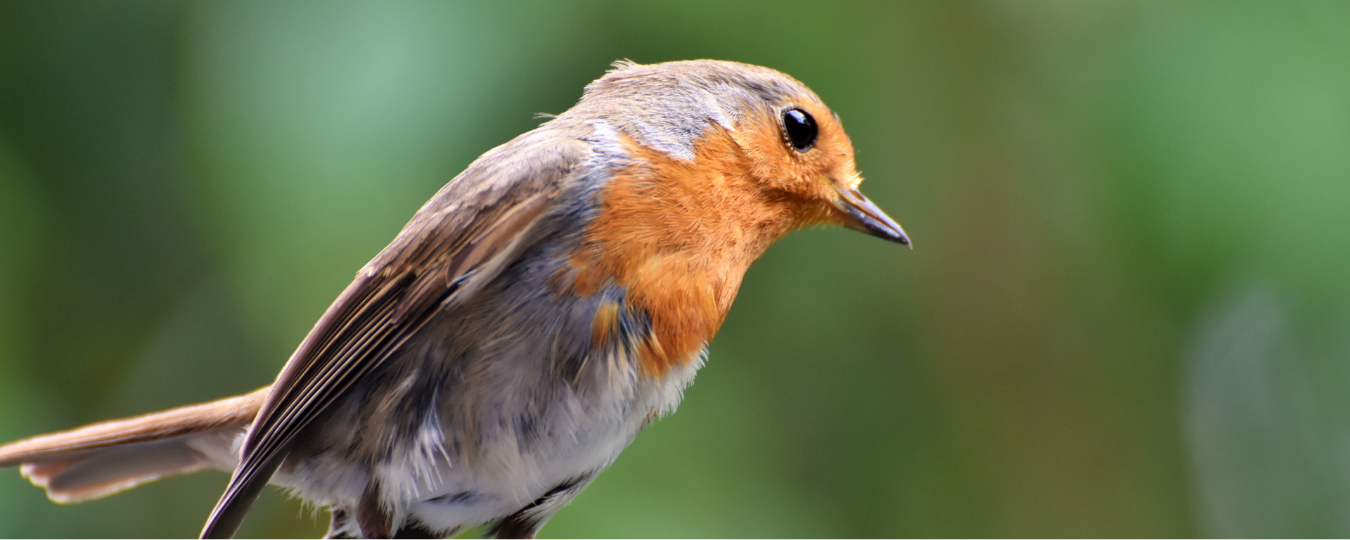Year Round Bird Care

From harsh winter weather to spring nesting, there are a few simple things you can do all year round to help your local birds survive and to encourage them to visit your garden.
Feed the Birds
Sourcing food is the primary challenge for birds as the ground hardens in winter; therefore it is important to leave out ample bird feed in a feeding station. Bird seed, nuts and suet balls provide them with the fibre and fat required to see them through the winter. You may find that your local birds favour one type of food over another. If you try a variety to begin with, you can avoid waste in the future by determining what it is the birds are looking for. Here are a number of products we recommend:
- Bird-feeding stations: They provide an all-in-one feeding, watering and bathing post, and are ideal for attracting a wide range of birds. These stations are particularly useful during the snow and ice as they provide a raised platform off which the birds can easily access the food. They should be free-standing and high enough to keep predators such as cats and squirrels from attacking any feeding birds or eating their food.
- Peanut kernels: Rich in oils, peanuts provide a high-energy food source and are especially beneficial during the cold winter months.
- Suet balls: These are highly recommended as they provide birds with a great source of fat and energy, through a combination of natural foodstuffs like oats, sunflower seeds and wheat flakes.
Keeping Ice at Bay & Birds Safe
Frosty weather makes it difficult for birds to find adequate water to drink and bathe in. As mentioned above, a feeding station is an essential addition for your garden. It provides a sanctuary for birds and is paramount to their survival at low temperatures.
To prevent the bird bath from freezing over, place a small light rubber ball in the bath. The ball will move in light winds preventing the water from turning into ice.
We also advise that you clean the bowl as often as you can to prevent the build-up of algae or bird droppings, which could harm the birds. Most importantly, do not clean the bird feeders or bird baths with chemicals, as this could poison the birds.
Nesting Season: the Good & the Bad
As the winter comes to an end and the weather starts improving, it is time to think about your feathered friends’ nesting season. Nesting season usually begins in February, and you can help the birds out at this time by continuing to provide food as well as a suitable place for them to nest. A nesting box makes another great addition to the bird lover’s garden. Birds will seek shelter to nest in, often a hole in a tree but failing that they may use a nesting box.
The location you choose for your nesting box is vital. It should be placed at least two metres above the ground, in a sheltered spot facing between north and south-east to avoid exposure to strong sunlight, harsh winds and rain.
You shouldn’t expect instant results as it may take a year or two before the birds become aware of the box. When birds do begin to nest there, we strongly advise that you do not try to look into the nest as this could scare the parents into fleeing the nest, leaving the chicks to die.
In order to avoid problems from your nesting birds, you should do the following:
- Cover nearby pipes, vents, chimneys or any other similar points of entry into your house to prevent the birds from nesting there and potentially causing structural damage. Fine wire mesh coverings are available at hardware stores.
- Choose a nesting box location away from your patio area to minimise any visible mess which birds can leave behind.
Attracting Wild Birds
Long grass, dead leaves and bushes all attract birds to your garden, as they provide nesting material that is both local and familiar to them. Filling a garden with exotic, non-native plants will see your garden void of any native birds as they will be scared off by its un-familiarity. If you are creating a garden from scratch, you should consider a tiered design. For example, planting a tree surrounded by shrubbery and subsequently layered with flowers and grass is a great attraction to birds while also pleasing to the eye.
A regular source of food will be a wild bird’s main priority; visit your local Topline store for a wide range of bird feed and stations. You can then compliment this with some garden plants and shrubbery, which brighten your garden and keep birds well-fed. Plants that produce berries such as ivy, honeysuckle and cotoneasters, provide a steady source of food for all varieties of birds.


Leave a Comment